I'm making a Breakout clone and having a little trouble with the ball-to-paddle collisions. I have a rectangle represent both the ball and the paddle and when they intersect, the Y vector representing the ball's velocity is negated (as shown below). That all works fine. The problem is when the paddle is moving to the right I want it to nudge the ball a little to the right (as opposed to it just reflecting off normally) and I want the same to happen in the opposite direction is the paddle is moving to the left. I'm not sure how to go about doing this and I've looked all over. Any help would be appreciated. Thanks.
if (paddleRectangle.Intersects(ballRectangle))
{
ballVelocity.Y *= -1;
collision.Play(); //a collision sound
}
EDIT: Basically I want to slightly change the angle at which the ball bounces off the paddle based on which direction the paddle is moving. If the paddle is not moving, then the ball will bounce normally (by inverting the Y component of the ball's velocity)
